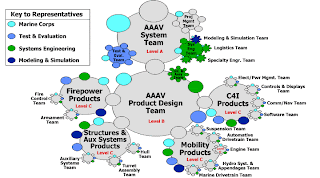Communication is the process by which information is
transferred and received from one individual or group to another, both within
and outside the organization. It can take place either by verbal or non verbal
form and uses a number of different channels to transmit the message. Some of the most common forms of communication include:
·
Written communication
·
Oral
communication
·
Non verbal communication
·
Visual communication
Again, are made possible via electronic techniques. All these channels have their
distinct advantages and disadvantages associated to them and must be used
accordingly. Communication is also processes that enable us to learn about
others via sharing experiences and passing information which establish and builds
relationship being domestic, social or business and professionals.
Therefore, effective communication skills are required
throughout our lifetime in order to achieve the following:
1.
Effective communication skills helps to build relationship
internally and externally with individuals and groups when being
transferred.
2.
To share ideas and values on work specific issues.
3.
To negotiate matters.
4.
To discuss personal or professional matters such
as remuneration and other higher or lower level factors that may be
affecting the group.
5.
To motivates interest and stimulates employees.
6.
To create awareness of the organization’s
product or services and to persuade the external market as well.
7.
To receives feedback in other to monitor whether
the communication was understood and the reaction of the recipient of the
message.
OBSTACLES
It means something that prevents advancement or access.
Therefore, communication barriers refers to anything that affects the free flow
of information from one individual or group to another. This may happen due to
the following factors,
Emotions: Communication
barrier may occur when a person has some fear, feelings or any attitude that
may affect the interpretation of the information. For instance, if a person has
a negative attitude towards another person, any idea or suggestion put up by that
person may be considered a negative and vice-versa.
Poor use of Language:
Incorrect spelling, pronunciations, interpretation, impression and general
language differences will create a negative impact on the message when is being
transferred to another person or a group as it may lead to the difficulty in
the understanding of the whole message.
Failure to Pass the Message:
It becomes a communication obstacle when a manager or a leader of a team or any
organization fails to pass the message on to his subordinates. As there is no
transfer of information from one person to another to receive, it means no communication
has taken place.
Selective Listening: In a
situation whereby the receiver of the message adopts to the habit of selective listening, that is only picking what he thinks essentials and
concerns him, he will gather information that would have little overall impact.
Cultural Differences: This is a situation whereby an
individual finds him/herself in a different environment or in a community mixed
up with different culture. You can see this in the photo below.
These factors mentioned above have strong effect and may occur
anywhere, either in a countries, firms, communities or in various homes. There is a
need to check our communication aspect whenever we engage into one so it might
not complicate things.









No comments:
Post a Comment